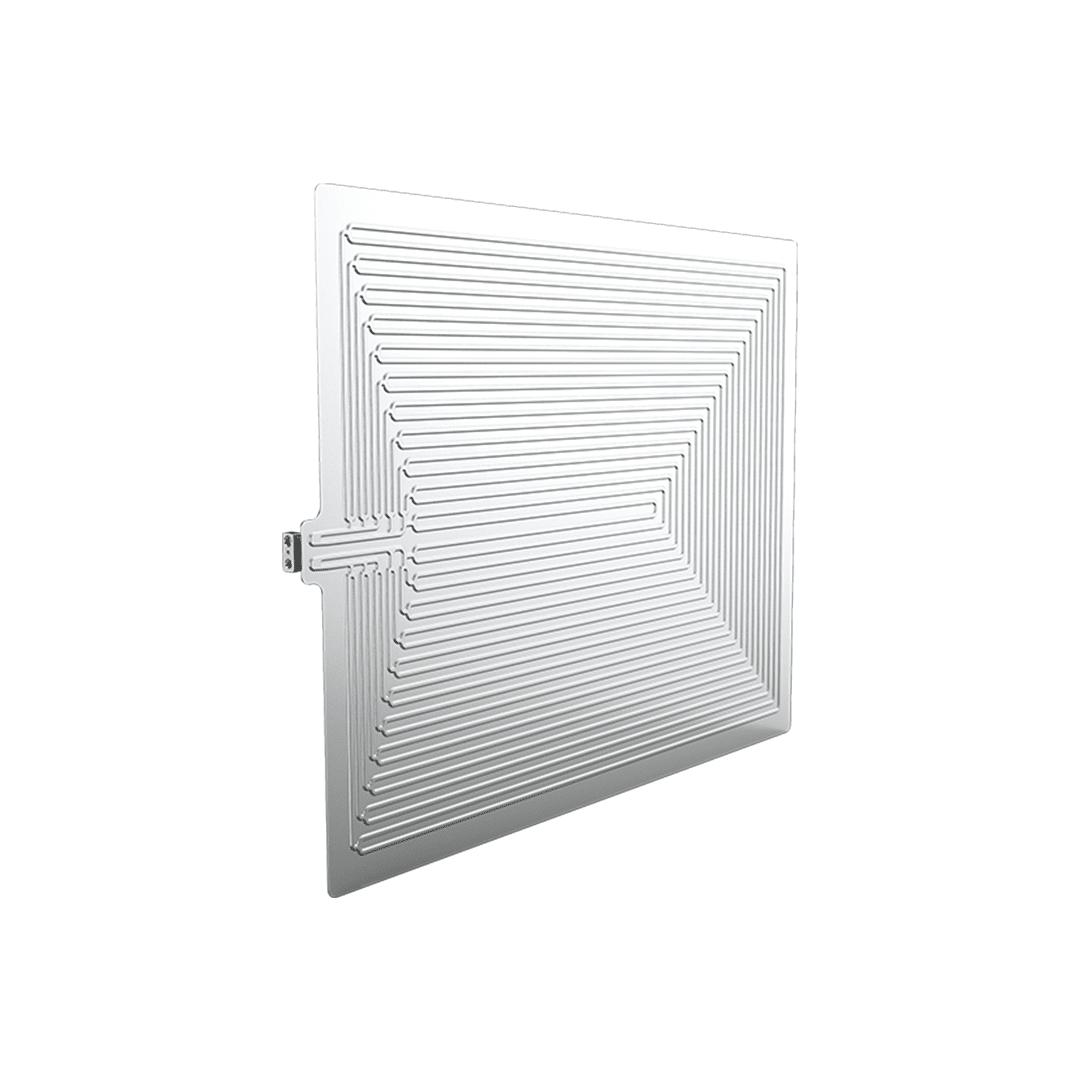In design engineering, thermal management is crucial to vehicle composition and operation. This is especially true for new energy vehicles primarily powered by electric energy. Hot and cold temperatures directly influence these vehicles’ operational ranges and performance. While many components go into constructing a new energy vehicle, liquid cold plates are vital in their design and functionality.
What Are Cold Plates?
Cold plates, also called liquid cooling plates or liquid cold plates, are highly engineered components designed for optimal thermal regulation of heat sources. These plates are made from metals with high thermal conductivity, like aluminum or copper, and are in direct contact with the heat sources that require cooling. They are widely used in electric vehicles (EVs), hydrogen fuel cell vehicles (FCVs), and zero-emission vehicles.
The Role of Liquid Cold Plates in Thermal Management
Cold plates act primarily as heat conductors, transferring heat from pivotal sources like batteries, power electronics, and motors. During standard operations, a liquid or gas coolant flows through the cold plate, conducting the heat from the component to the cold plate and then transferring it to the coolant. This coolant circulates, carrying the heat away, often through a heat exchanger. This process ensures that temperatures remain within safe operating limits and helps foster optimal performance and longevity.
The Benefits of Liquid Cold Plates
Liquid cold plates offer several advantages for thermal management systems, including the enhanced performance and lifespan of vital components, such as batteries. Overheating or excessive cooling can place unnecessary stress on these components. With strategic implementation, KUS cold plates help to avoid this.
In new energy vehicle applications, cold plates can also improve the efficiency of power electronics and motors. Due to their high thermal conductivity and surface area, cold plates provide efficient heat transfer. Their compact, thin, and lightweight design is ideal for tight spaces in EVs and FCVs. These plates also prevent overheating of components, reducing the risk of thermal runaway in batteries and improving vehicle safety and reliability. This increased efficiency can improve an electric vehicle’s driving range, helping to ease some of the burdens of developing charging infrastructure and assisting with customer expectations.
How Are Liquid Cold Plates Different From Heat Sinks?
Cold plates and heat sinks both play an important role in thermal management. However, these two types of components operate quite differently. A heat sink is a passive heat exchanger that dissipates heat into the surrounding environment. With their finned design, heat sinks can dissipate heat quickly due to increased surface contact with the ambient air.
Liquid cold plates operate as an active form of heat transfer by absorbing heat from a component or device using a coolant/liquid. Cold plates are versatile and can be designed to fit various shapes and sizes, making them adaptable to a wide range of applications within vehicles. Additionally, their use results in reduced noise levels during operation. As a result, cold plates can manage more extreme heat fluctuations and are effective in smaller applications where heat transfer by air is insufficient for cooling needs.
Liquid Cold Plate Applications
Although liquid cold plates are essential in new energy vehicles, they are also used in other industries. Power batteries and lithium battery storage cabinets offer exceptional thermal control opportunities for enhanced efficiency and safety due to these components. Cold Plates also play an integral role in liquid-cooled server systems, as they are indispensable for tackling high operational temperatures.
Find More Thermal Management Products at KUS
Cold plates represent an impressive advancement in thermal management systems, especially in the new energy vehicle domain. As the demand for electric vehicles and more energy-efficient equipment grows, so will the need for reliable and efficient cold plate technology.
At KUS, we’re committed to helping build a new energy future. That is why we’re ramping up the production of state-of-the-art new energy products for cutting-edge thermal management systems and beyond. Our in-house design and manufacturing capabilities also make finding the product solutions you’re looking for easier.
We look forward to working with you on your next new energy initiative. Contact us today for more information.

